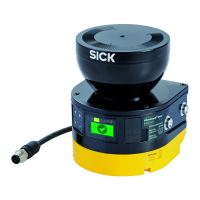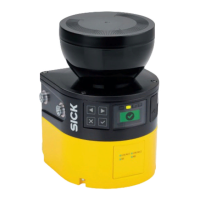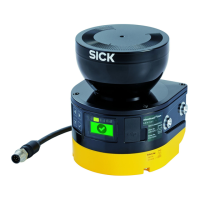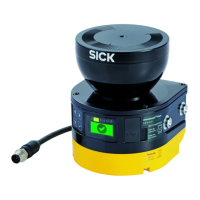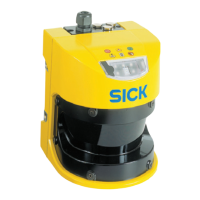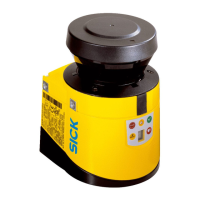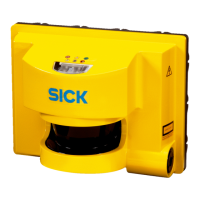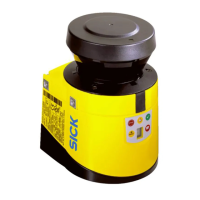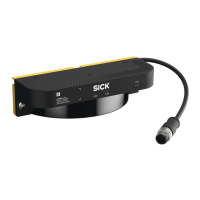►
Chec
k whether the machine or the protective device has been modified or manipu‐
lated so that the effectiveness of the protective device may be impaired.
►
Check the following points in particular.
°
Has the machine been retrofitted?
°
Have machine parts been removed?
°
Have modifications been made to the machine’s surroundings?
°
Are there any defective cables or open cable ends?
°
Have the protective device or its parts been dismantled?
°
Is the protective device damaged?
°
Is the protective device severely contaminated?
°
Is the optics cover contaminated, scratched or destructed?
°
Has the protective device’s alignment been changed?
°
Are there any objects (e.g. cables, reflective surfaces) in the protective field?
If one of the points applies, the machine should be shut down immediately. In this
case, the machine and the protective device must be checked by appropriately qualified
safety personnel.
4 P
ROJECT PLANNING
74
O P E R A T I N G I N S T R U C T I O N S | microScan3 – EtherCAT® 8025220/1L9Q/2023-08-14 | SICK
Subject to change without notice
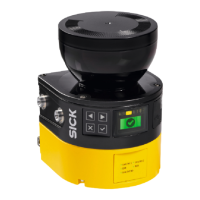
